By: Joshua M. Pearce, Michigan Technology University
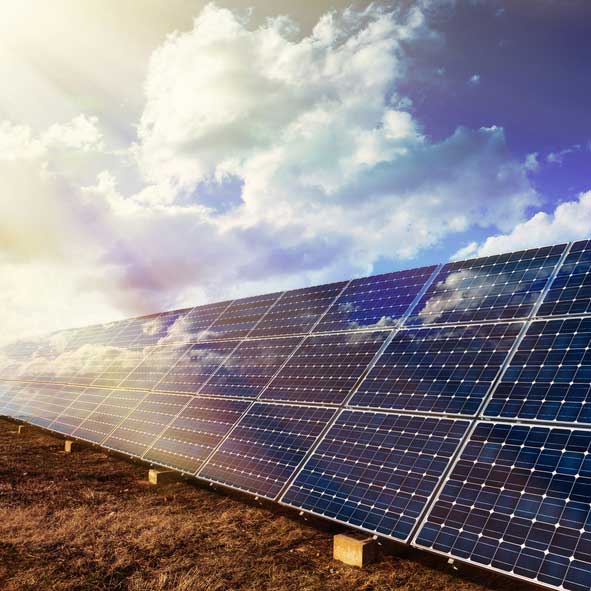 As the U.S. military increases its use of drones in surveillance and combat overseas, the danger posed by a threat back at home grows. Many drone flights are piloted by soldiers located in the U.S., even when the drones are flying over Yemen or Iraq or Syria. Those pilots and their control systems depend on the American electricity grid – large, complex, interconnected and very vulnerable to attack.
As the U.S. military increases its use of drones in surveillance and combat overseas, the danger posed by a threat back at home grows. Many drone flights are piloted by soldiers located in the U.S., even when the drones are flying over Yemen or Iraq or Syria. Those pilots and their control systems depend on the American electricity grid – large, complex, interconnected and very vulnerable to attack.
Without electricity from civilian power plants, the most advanced military in world history could be crippled. The U.S. Department of Energy has begged for new authority to defend against weaknesses in the grid in a nearly 500-page comprehensive study issued in January 2017 warning that it’s only a matter of time before the grid fails, due to disaster or attack. A new study by a team I led reveals the three ways American military bases’ electrical power sources are threatened, and shows how the U.S. military could take advantage of solar power to significantly improve national security.
A triple threat
The first threat to the electricity grid comes from nature. Severe weather disasters resulting in power outages cause between US$25 billion and $70 billion in the U.S. each year – and that’s average years, not those including increasingly frequent major storms, like Hurricanes Harvey and Irma.
The second type of threat is from traditional acts of crime or terrorism, such as bombing or sabotage. For example, a 2013 sniper attack on a Pacific Gas and Electric substation in California disabled 17 transformers supplying power to Silicon Valley. In what the head of the Federal Energy Regulatory Commission called “the most significant incident of domestic terrorism involving the grid that has ever occurred,” the attacker – who may have been an insider – fired about 100 rounds of .30-caliber rifle ammunition into the radiators of 17 electricity transformers over the course of 19 minutes. The electronics overheated and shut down. Fortunately, power company engineers managed to keep the lights on in Silicon Valley by routing power from other sources.


 The National Science Foundation is spearheading a $2.4 million research initiative to develop new methods to create commercial fertilizer out of wastewater nutrients. Among the researchers working on this project, ECS member and chair of the Society’s Energy Technology Divison, Andrew Herring, is leading an electrochemical engineering team in electrode design, water chemistry, electrochemical operations, and developing a bench-scale electrochemical reactor design.
The National Science Foundation is spearheading a $2.4 million research initiative to develop new methods to create commercial fertilizer out of wastewater nutrients. Among the researchers working on this project, ECS member and chair of the Society’s Energy Technology Divison, Andrew Herring, is leading an electrochemical engineering team in electrode design, water chemistry, electrochemical operations, and developing a bench-scale electrochemical reactor design. In a
In a 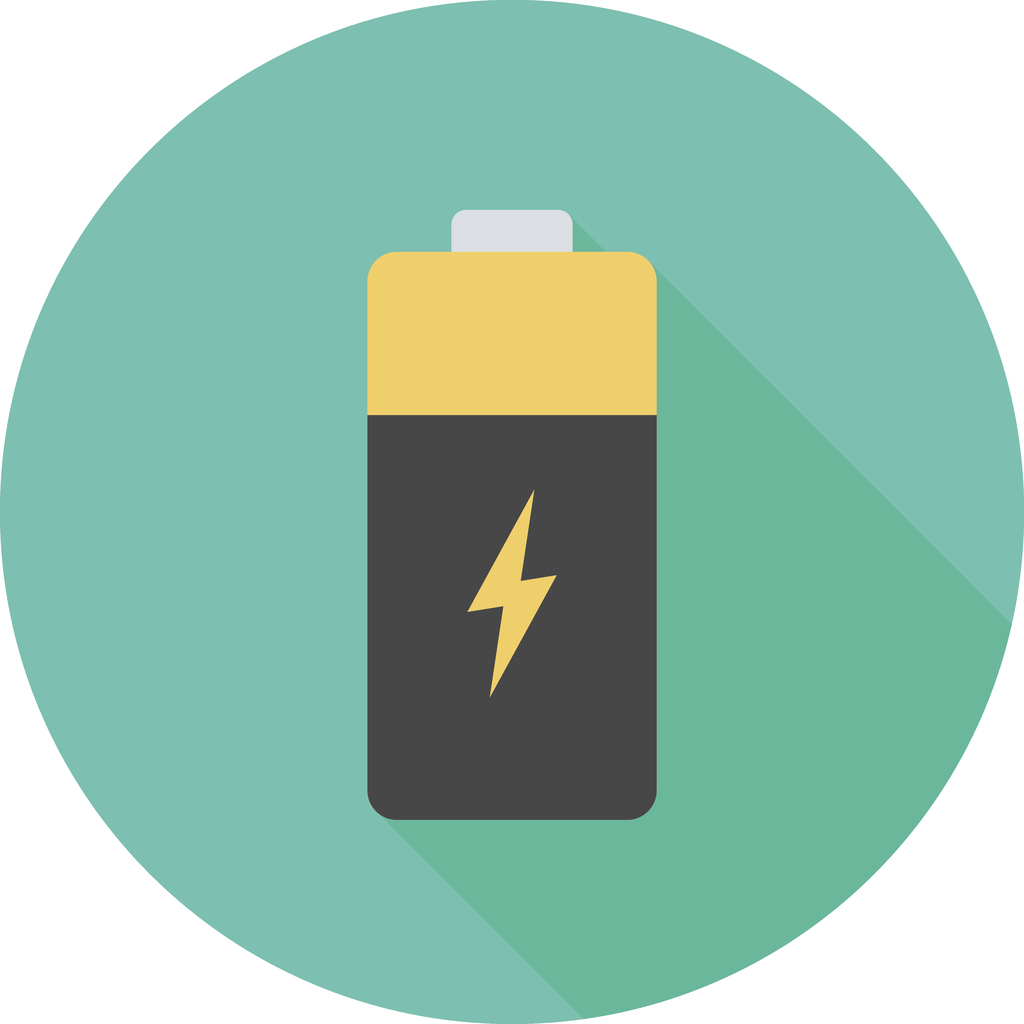 Safety concerns regarding lithium-ion batteries have been making headlines in light of smartphone fires and hoverboard explosions. In order to combat safety issues, at team of researchers from Drexel University, led by ECS member Yury Gogotsi, has developed a way to transform a battery’s electrolyte solution into a safeguard against the chemical process that leads to battery fires.
Safety concerns regarding lithium-ion batteries have been making headlines in light of smartphone fires and hoverboard explosions. In order to combat safety issues, at team of researchers from Drexel University, led by ECS member Yury Gogotsi, has developed a way to transform a battery’s electrolyte solution into a safeguard against the chemical process that leads to battery fires.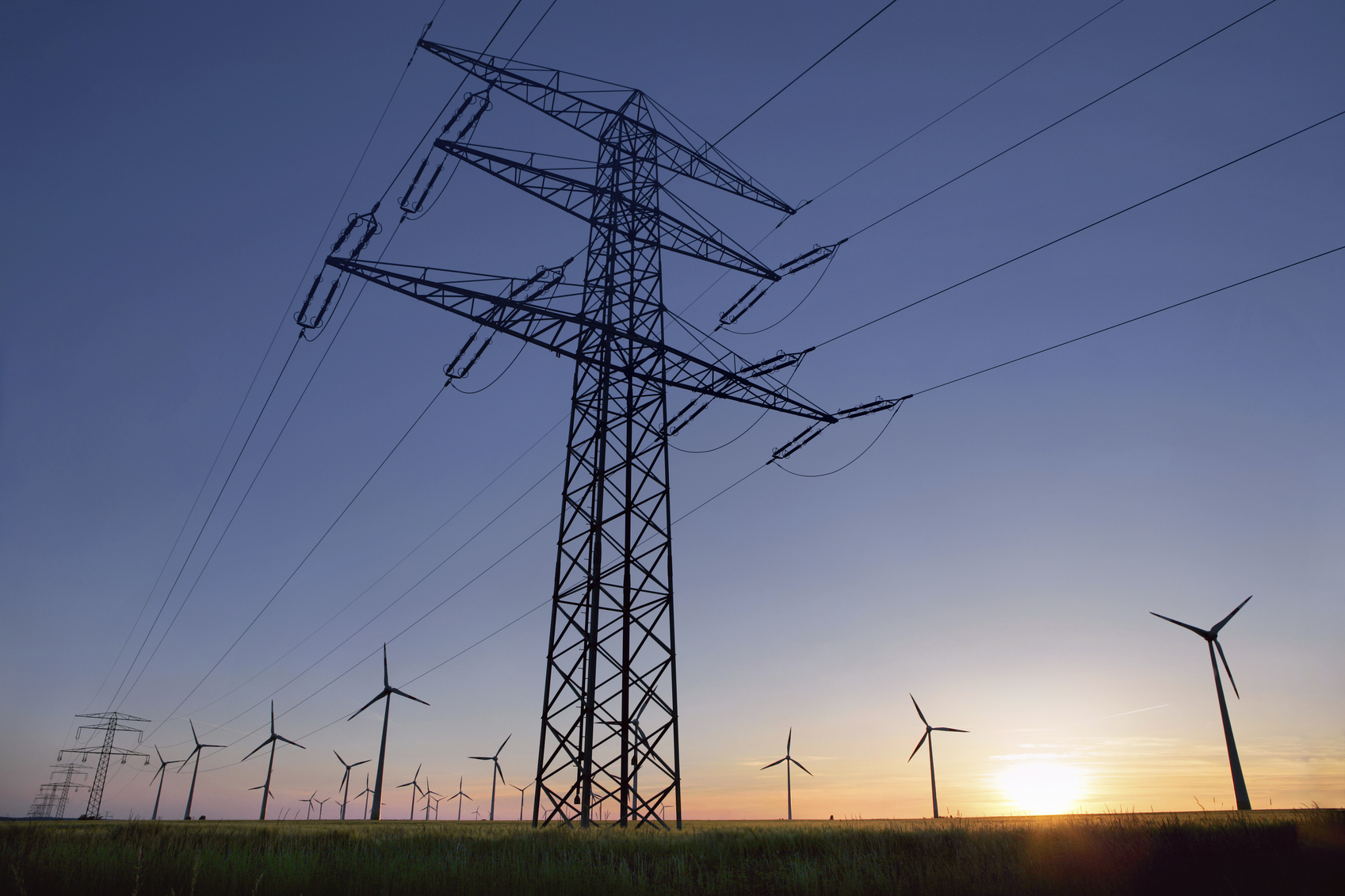 The U.S. Department of Energy (DOE)
The U.S. Department of Energy (DOE) 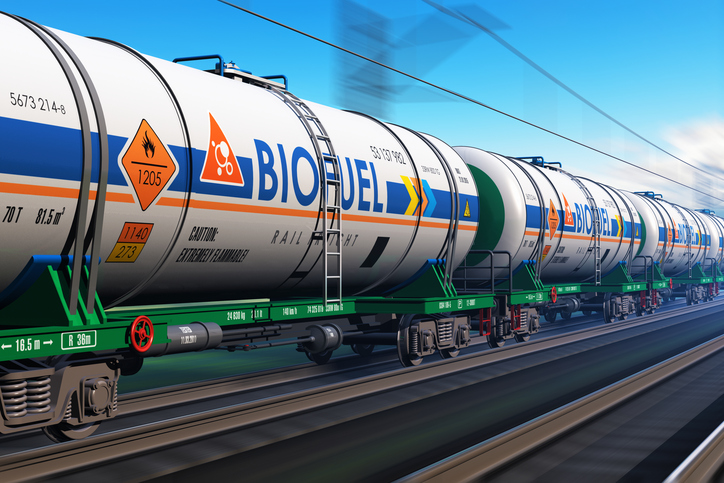 Researchers have created a new method to more efficiently convert potato waste into ethanol. The findings may lead to reduced production costs for biofuel in the future and add extra value for chip makers.
Researchers have created a new method to more efficiently convert potato waste into ethanol. The findings may lead to reduced production costs for biofuel in the future and add extra value for chip makers.
 While pursing work on the highly desirable but technically challenging lithium-air battery, researchers unexpectedly discovered a new way to capture and store carbon dioxide. Upon creating a design for a lithium-CO2 battery, the research team found a way to isolate solid carbon dust from gaseous carbon dioxide, all while being able to separate oxygen.
While pursing work on the highly desirable but technically challenging lithium-air battery, researchers unexpectedly discovered a new way to capture and store carbon dioxide. Upon creating a design for a lithium-CO2 battery, the research team found a way to isolate solid carbon dust from gaseous carbon dioxide, all while being able to separate oxygen. This summer I worked on the Greenland ice sheet, part of a scientific experiment to study surface melting and its contribution to Greenland’s accelerating ice losses. By virtue of its size, elevation and currently frozen state, Greenland has the potential to cause large and rapid increases to sea level as it melts.
This summer I worked on the Greenland ice sheet, part of a scientific experiment to study surface melting and its contribution to Greenland’s accelerating ice losses. By virtue of its size, elevation and currently frozen state, Greenland has the potential to cause large and rapid increases to sea level as it melts.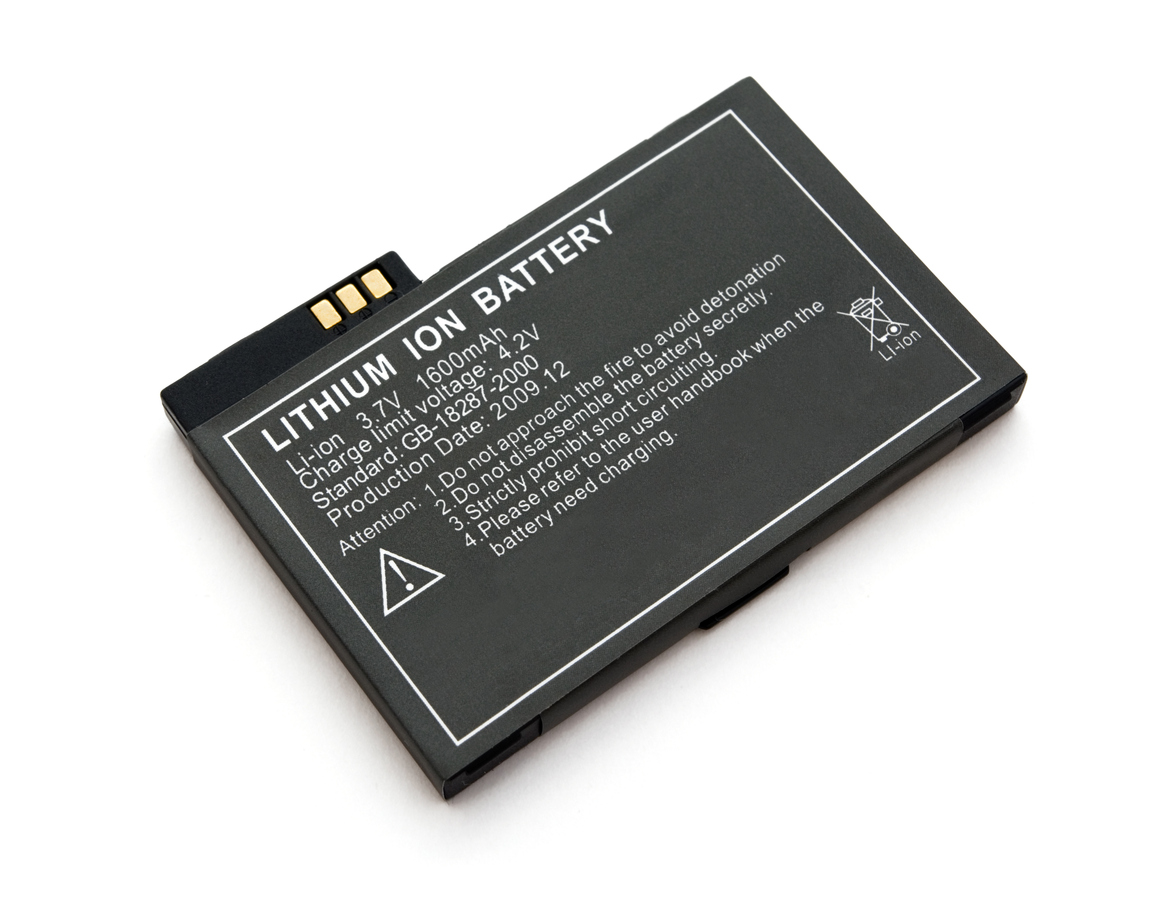 Researchers have found a new method for finding lithium, used in the lithium-ion batteries that power modern electronics, in supervolcanic lake deposits.
Researchers have found a new method for finding lithium, used in the lithium-ion batteries that power modern electronics, in supervolcanic lake deposits.